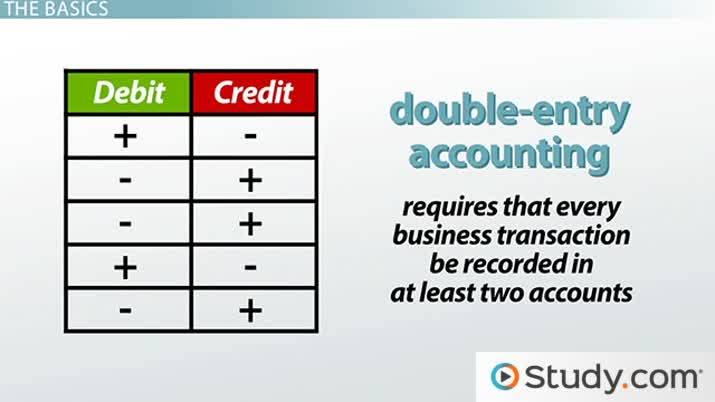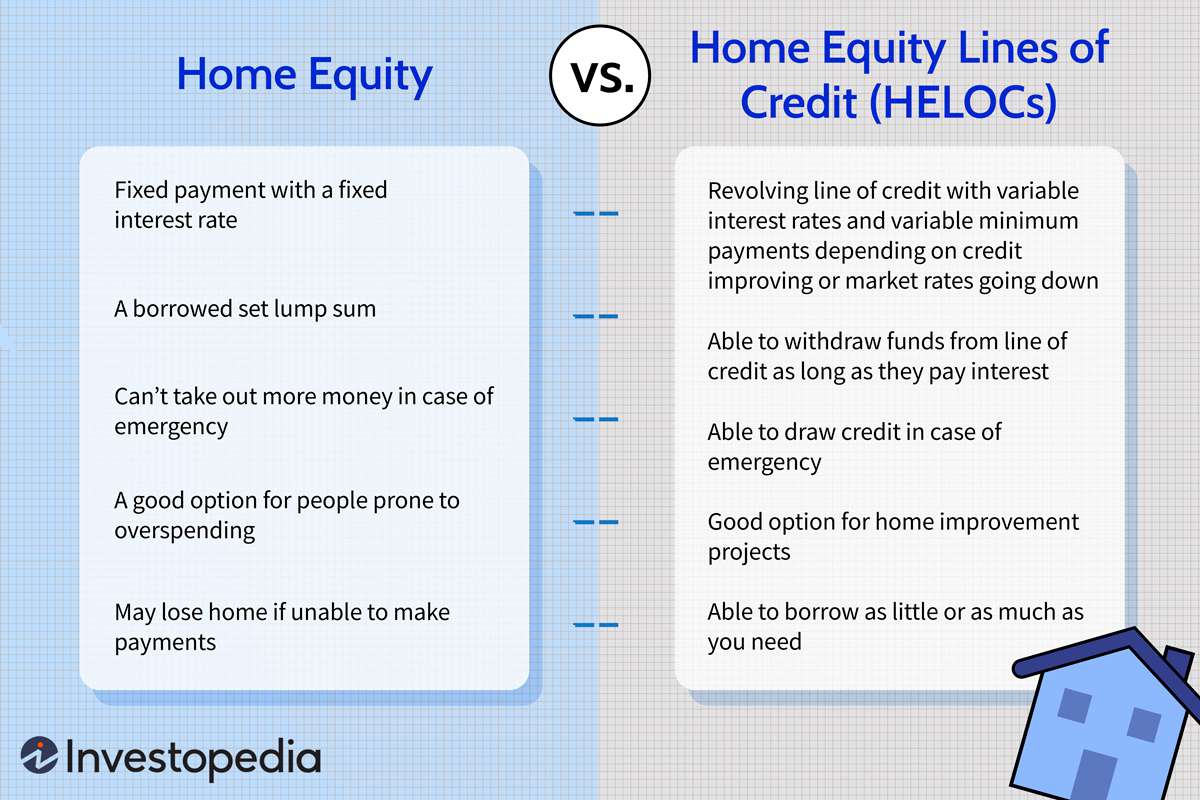How To Understand Accounting Debits And Credits?
Are you ready to unravel the mysterious world of accounting debits and credits? Well, buckle up and get ready for a thrilling ride through the fascinating realm of numbers and financial transactions. Understanding debits and credits may seem like a daunting task, but fear not! With a little guidance, you’ll be able to navigate the labyrinth of balance sheets and income statements like a pro.
So, what exactly are debits and credits? In the world of accounting, they are the two sides of every transaction. Think of them as a dance – a mesmerizing tango between assets, liabilities, and equity. Debits are like the left foot, always on the move, while credits are the right foot, gracefully following along. Together, they ensure that the books are balanced and your financial records are accurate.
Now, you might be wondering, “But how do I know when to use debits and when to use credits?” Ah, my friend, that’s where the art of double-entry bookkeeping comes into play. This ancient technique ensures that every transaction is recorded in two accounts, with one account receiving a debit and the other receiving a credit. It’s a delicate equilibrium that keeps the financial universe in harmony.
To truly understand the ins and outs of debits and credits, we’ll dive into the basic principles of accounting. We’ll explore the different types of accounts, such as assets, liabilities, and equity, and how debits and credits affect each one. We’ll also uncover the secrets of the accounting equation and how it ties everything together.
So, whether you’re a budding entrepreneur, a curious student, or simply someone who wants to gain a deeper understanding of the financial world, join us on this journey to demystify accounting debits and credits. Get ready to unlock the secrets of the balance sheet and discover the hidden language of numbers. Let’s dive in and conquer the world of debits and credits together!
Understanding Accounting Debits and Credits
Accounting debits and credits can be confusing, but they are the basic building blocks of any financial transaction. Here’s a step-by-step guide to help you understand:
- Step 1: Know the basic rule: Debits increase assets and expenses, while credits increase liabilities, equity, and revenue.
- Step 2: Understand the double-entry system: Every transaction involves at least two accounts, with one account debited and another credited.
- Step 3: Use T-accounts: A visual representation of debits and credits, T-accounts help you keep track of the changes in each account.
- Step 4: Practice and review: The more you work with debits and credits, the better you’ll understand their impact on financial statements.
By following these steps and practicing regularly, you’ll gain confidence in interpreting and recording accounting transactions with debits and credits.

Understanding Accounting Debits and Credits: A Comprehensive Guide
When it comes to understanding accounting, one of the fundamental concepts that you need to grasp is the concept of debits and credits. Debits and credits are essential to the double-entry bookkeeping system, which is used by businesses and organizations to record financial transactions accurately. In this article, we will explore the concept of debits and credits in depth, breaking it down into simple terms and providing you with the knowledge and tools to understand how they work.
The Basics of Debits and Credits
Debits and credits form the foundation of the double-entry bookkeeping system. In this system, each financial transaction is recorded in at least two accounts: one account is debited, and another account is credited. These entries ensure that the accounting equation, which states that assets equal liabilities plus equity, remains balanced. Debits and credits are not the same as money flowing in and out of a company; rather, they represent changes in account balances.
Debits and credits are recorded in different accounts depending on the nature of the transaction. For example, when a company receives cash, the Cash account is debited, while another account, such as the Revenue or Accounts Receivable account, is credited. On the other hand, when a company pays cash for an expense or a liability, the Cash account is credited, and the appropriate expense or liability account is debited.
The Difference Between Debits and Credits
Understanding the difference between debits and credits is key to mastering accounting. In simple terms, think of debits as increases or additions to an account, while credits represent decreases or subtractions. In other words, debits and credits are like the positive and negative signs in accounting. Debits increase asset and expense accounts but decrease liability, equity, and revenue accounts. On the other hand, credits increase liability, equity, and revenue accounts but decrease asset and expense accounts.
It is important to note that debits and credits do not always refer to specific amounts of money. Instead, they represent the direction in which account balances are changing. For example, a debit entry may increase the balance of one account and decrease the balance of another account, depending on the nature of the transaction.
Debits and Credits in Action
Now that you have a basic understanding of debits and credits, let’s explore how they work in various scenarios:
1. Recording Revenue
When a company generates revenue, it needs to record the transaction. In this case, the Revenue account is credited, representing an increase in revenue. At the same time, the appropriate asset account, such as Cash or Accounts Receivable, is debited, indicating an increase in the company’s assets.
For example, if a company sells a product for $100 and receives cash, the Cash account is debited for $100, and the Revenue account is credited for $100. This entry reflects the increase in cash assets and the increase in revenue.
2. Paying Expenses
When a company pays for expenses, such as rent or salaries, the Cash account is credited, representing a decrease in assets. Simultaneously, the appropriate expense account, such as Rent Expense or Salaries Expense, is debited, indicating an increase in expenses.
For instance, if a company pays $500 in rent, the Cash account is credited for $500, and the Rent Expense account is debited for $500. This entry reflects the decrease in cash assets and the increase in expenses.
3. Recording Liabilities
When a company incurs a liability, such as a loan or accounts payable, the appropriate liability account is credited, representing an increase in liabilities. At the same time, the relevant asset account is debited, indicating an increase in assets.
For example, if a company takes out a loan for $10,000, the Loan Payable account is credited for $10,000, and the Cash account is debited for $10,000. This entry reflects the increase in liabilities and the increase in cash assets.
The Importance of Debits and Credits in Financial Statements
Debits and credits play a crucial role in preparing financial statements accurately. The information recorded through debits and credits is used to create the income statement, balance sheet, and cash flow statement, providing a clear picture of a company’s financial health.
The income statement, also known as the profit and loss statement, summarizes a company’s revenues and expenses over a specific period. Debits and credits recorded in revenue and expense accounts contribute to the figures presented in this statement.
The balance sheet provides a snapshot of a company’s financial condition at a specific point in time. Debits and credits recorded in asset, liability, and equity accounts contribute to the values reported in this statement.
The cash flow statement details the cash inflows and outflows during a given period. Debits and credits recorded in the cash account impact the figures presented in this statement.
Common Mistakes to Avoid
Understanding debits and credits can be challenging, especially for those new to accounting. Here are a few common mistakes to avoid:
1. Confusing Debits with Credits
It is essential to understand that debits and credits do not always correspond to increases and decreases in money. Confusing their meaning can lead to incorrect entries and inaccurate financial records.
2. Forgetting to Balance the Equation
Double-entry bookkeeping requires maintaining a balanced equation at all times: assets = liabilities + equity. Forgetting to balance the equation can result in errors and discrepancies in financial statements.
3. Failing to Record Transactions
Every financial transaction should be recorded promptly and accurately. Failing to do so can lead to incomplete financial records and hinder the preparation of financial statements.
4. Misclassifying Transactions
Assigning the wrong accounts to debits and credits can result in misclassification of transactions. This can skew financial statements and misrepresent a company’s financial standing.
Understanding debits and credits is essential for anyone interested in accounting. By grasping the core concept of this fundamental accounting principle, you will gain a solid foundation for accurate financial record-keeping and analysis. Remember to always pay attention to the specific accounts affected by debits and credits, and how they contribute to the overall financial statements. With practice, you will become proficient in recording and interpreting financial transactions with ease.
Key Takeaways: How to Understand Accounting Debits and Credits?
- Debits increase assets and expenses, and decrease liabilities and revenues.
- Credits increase liabilities and revenues, and decrease assets and expenses.
- Debits are recorded on the left side of the account, while credits are recorded on the right side.
- Understanding the basic principles of debits and credits is essential for accurate accounting.
- Practice and familiarity with real-life examples can help solidify your understanding of debits and credits.
Frequently Asked Questions
Question 1: What are debits and credits in accounting?
In accounting, debits and credits are used to record the financial transactions of a business. A debit represents an increase in assets or expenses, or a decrease in liabilities or equity. On the other hand, a credit represents a decrease in assets or expenses, or an increase in liabilities or equity. Debits and credits are recorded in the general ledger, which is the central accounting record of a business.
Debits and credits follow the double-entry bookkeeping system, which means that every transaction affects at least two accounts. For example, if you purchase inventory for your business using cash, you would debit the inventory account to increase it and credit the cash account to decrease it. This ensures that the accounting equation (Assets = Liabilities + Equity) remains in balance.
Question 2: How do debits and credits affect different types of accounts?
Debits and credits have different effects on different types of accounts in accounting. For asset accounts, debits increase the balance, while credits decrease the balance. For example, if you receive cash from a customer, you would debit the cash account to increase the balance.
On the other hand, for liability and equity accounts, credits increase the balance, while debits decrease the balance. For example, if you pay off a loan, you would credit the loan account to decrease the balance. Lastly, for revenue and expense accounts, debits increase the balance, while credits decrease the balance. For example, if you incur an expense, you would debit the expense account to increase the balance.
Question 3: How can I remember the rules of debits and credits?
Remembering the rules of debits and credits can be challenging at first, but with practice and repetition, it will become easier. One common mnemonic to remember the rules is “Debit the receiver, credit the giver.” This means that when you receive something, such as cash or inventory, you debit the corresponding account. When you give something, such as cash or inventory, you credit the corresponding account.
Additionally, it can be helpful to understand the nature of each account and how it is affected by transactions. For example, asset accounts have debit balances because they represent what the business owns. Liability and equity accounts have credit balances because they represent what the business owes to others. Revenue and expense accounts have debit and credit balances depending on their nature.
Question 4: How do debits and credits impact the financial statements?
Debits and credits impact the financial statements by affecting the balances of various accounts, which are then summarized in the financial statements. The income statement, also known as the profit and loss statement, shows the revenues and expenses of a business and is affected by debits and credits. Revenues increase with credits, while expenses increase with debits.
The balance sheet, on the other hand, shows the assets, liabilities, and equity of a business and is also impacted by debits and credits. Assets and expenses increase with debits, while liabilities and equity increase with credits. Lastly, the statement of cash flows shows the inflows and outflows of cash and is influenced by debits and credits in various accounts.
Question 5: Can I rely on accounting software to handle debits and credits?
Yes, accounting software can handle debits and credits automatically. Most accounting software, such as QuickBooks or Xero, follows the double-entry bookkeeping system and records transactions using debits and credits in the background. This means that you don’t have to manually calculate debits and credits for each transaction.
However, it is still important to have a basic understanding of debits and credits to ensure that the software is recording transactions correctly. Additionally, understanding debits and credits can help you identify and correct any errors that may occur in the software. Overall, accounting software can be a valuable tool in managing your finances, but it is essential to have a solid foundation in accounting principles.
Final Summary: How to Understand Accounting Debits and Credits?
So, you’ve embarked on the journey of understanding accounting debits and credits. Congratulations! You’re taking a step towards demystifying the complex world of finance. By grasping the concepts of debits and credits, you’ll gain a solid foundation to navigate the intricacies of bookkeeping and financial statements.
Now, let’s recap what we’ve learned. In the realm of accounting, debits and credits are like the yin and yang, the peanut butter and jelly, or even the Batman and Robin. They are two sides of the same coin, working together to maintain balance. When you make a transaction, whether it’s income, expenses, assets, or liabilities, it is recorded using a double-entry system. Debits represent the left side of the equation, while credits reside on the right side.
Remember, debits and credits don’t always mean “good” or “bad.” It’s all about understanding the context. Debits increase assets and expenses while decreasing liabilities and equity. On the other hand, credits do the exact opposite, increasing liabilities and equity while decreasing assets and expenses. It may seem a bit overwhelming at first, but with practice and a keen eye for detail, you’ll soon become a master of balancing the books.
In conclusion, mastering the art of accounting debits and credits opens the door to a world of financial understanding. By following the principles of the double-entry system, you can confidently analyze and interpret financial data. Embrace the challenge, keep learning, and soon you’ll be speaking the language of numbers with fluency. Happy bookkeeping!






